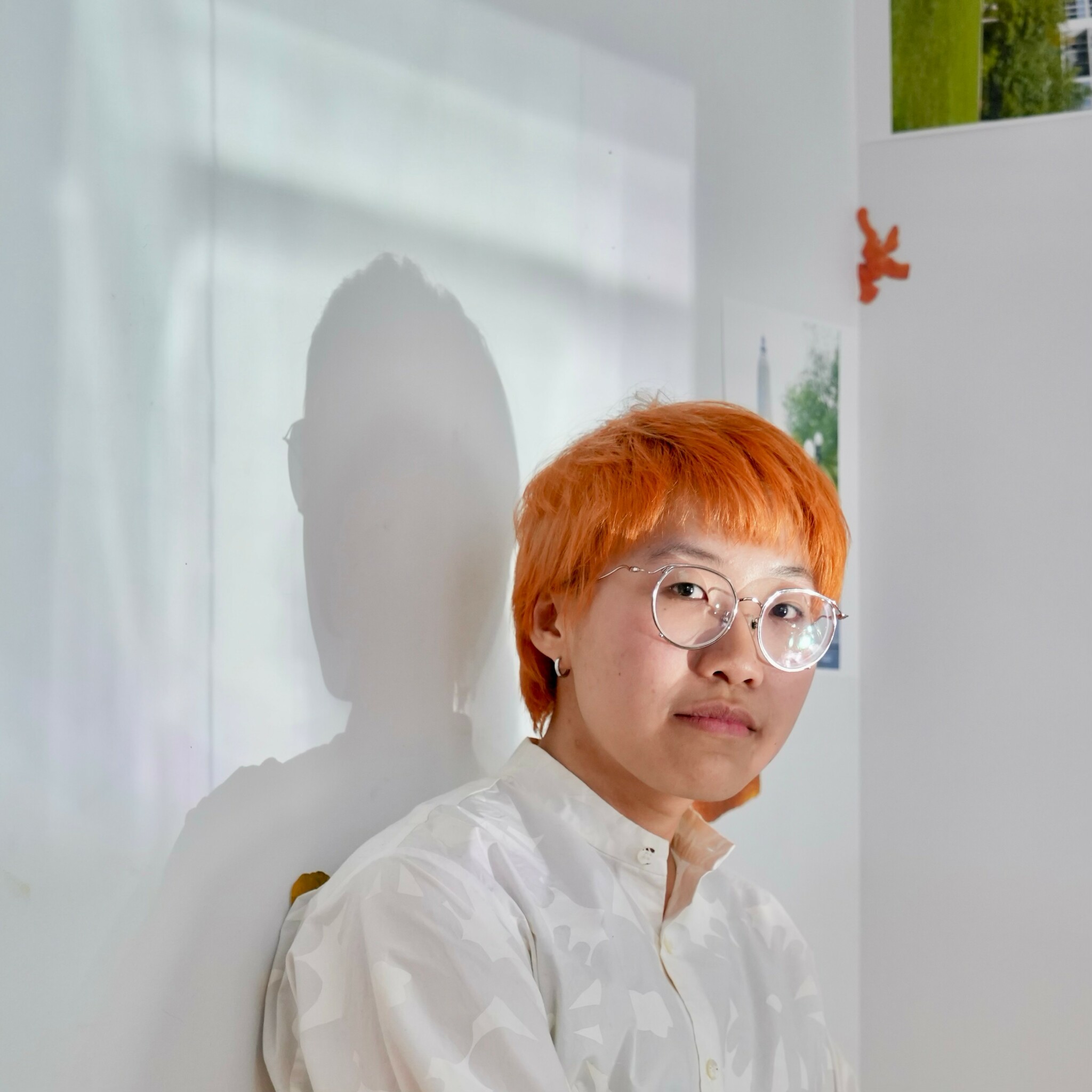We’re excited to introduce you to the always interesting and insightful Sage Lin. We hope you’ll enjoy our conversation with Sage below.
Sage, appreciate you joining us today. What’s been the most meaningful project you’ve worked on?
The project is about one of the most powerless moments I experienced, which was when the dog I cared for in Taiwan passed away while I was in the United States. Intent on handling this emotion thoughtfully, I chose to preserve the beautiful memories of her rather than succumbing to anger and sorrow.
I curated a set of images captured by my friends as I approached and petted her, extracted individual frames, and scattered them. Selecting frames for weaving, I utilized the flexibility of textiles to create stop-motion animation, transforming the chosen woven frames into a longer duration. I played with the notion of extracting a whimsical 10 seconds from my memory, continuously elongating and looping it. In this reconfigured memory, my cherished campus dog in the animation seems to perpetually lie in the grass, peacefully sleeping, inviting me to approach and touch her through various forms and the cyclical nature of the video. Despite the original intent of evoking warm emotional memories, diverse viewers experience a range of emotions after watching this piece. They universally reminisce about their own dogs, feeling the tactile sense of petting through the stop-motion animation using fabric as the medium. This work, paired with another animated bathroom scene, interprets my exploration and organization of memories and emotions within personal spaces.
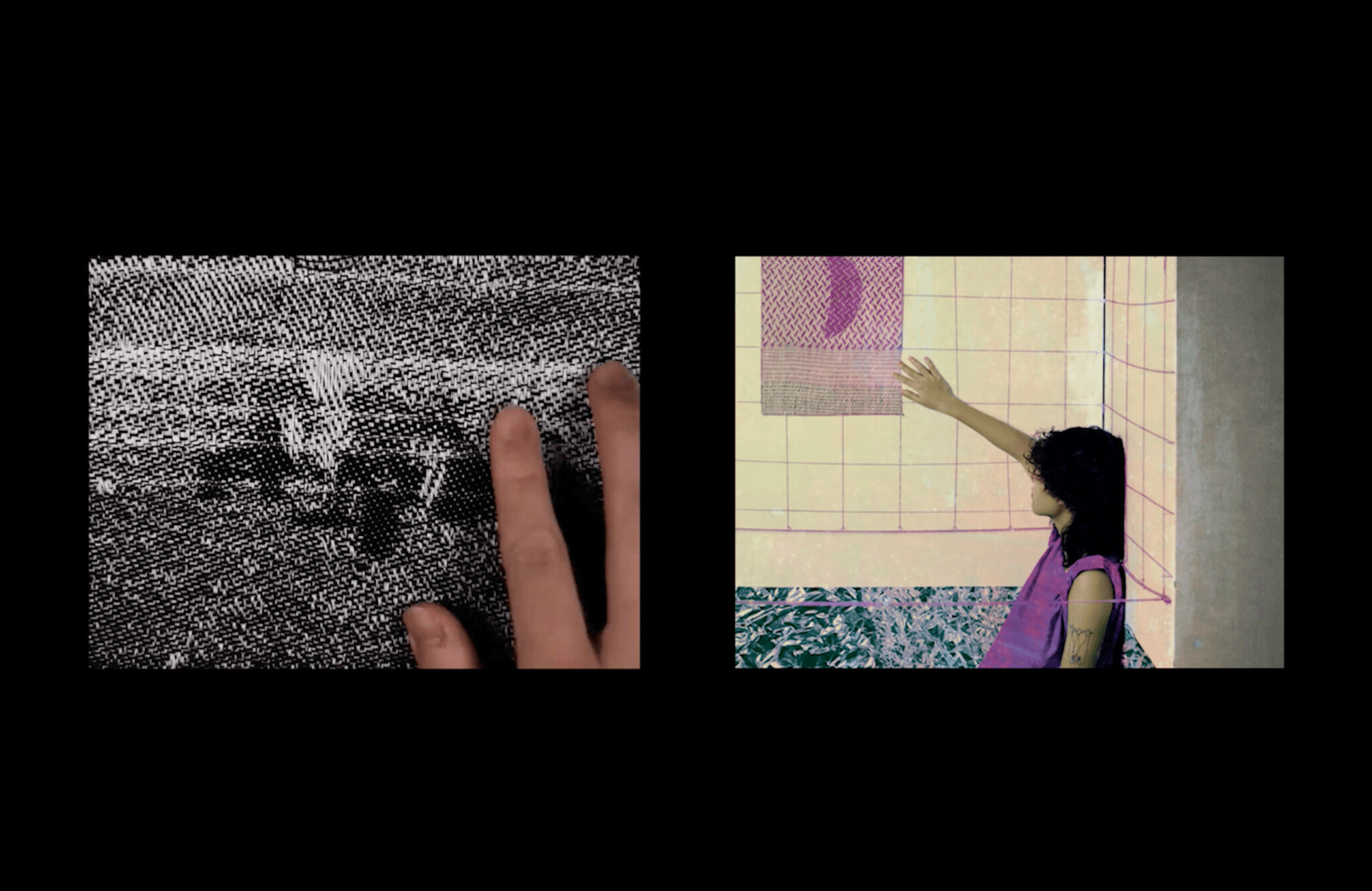
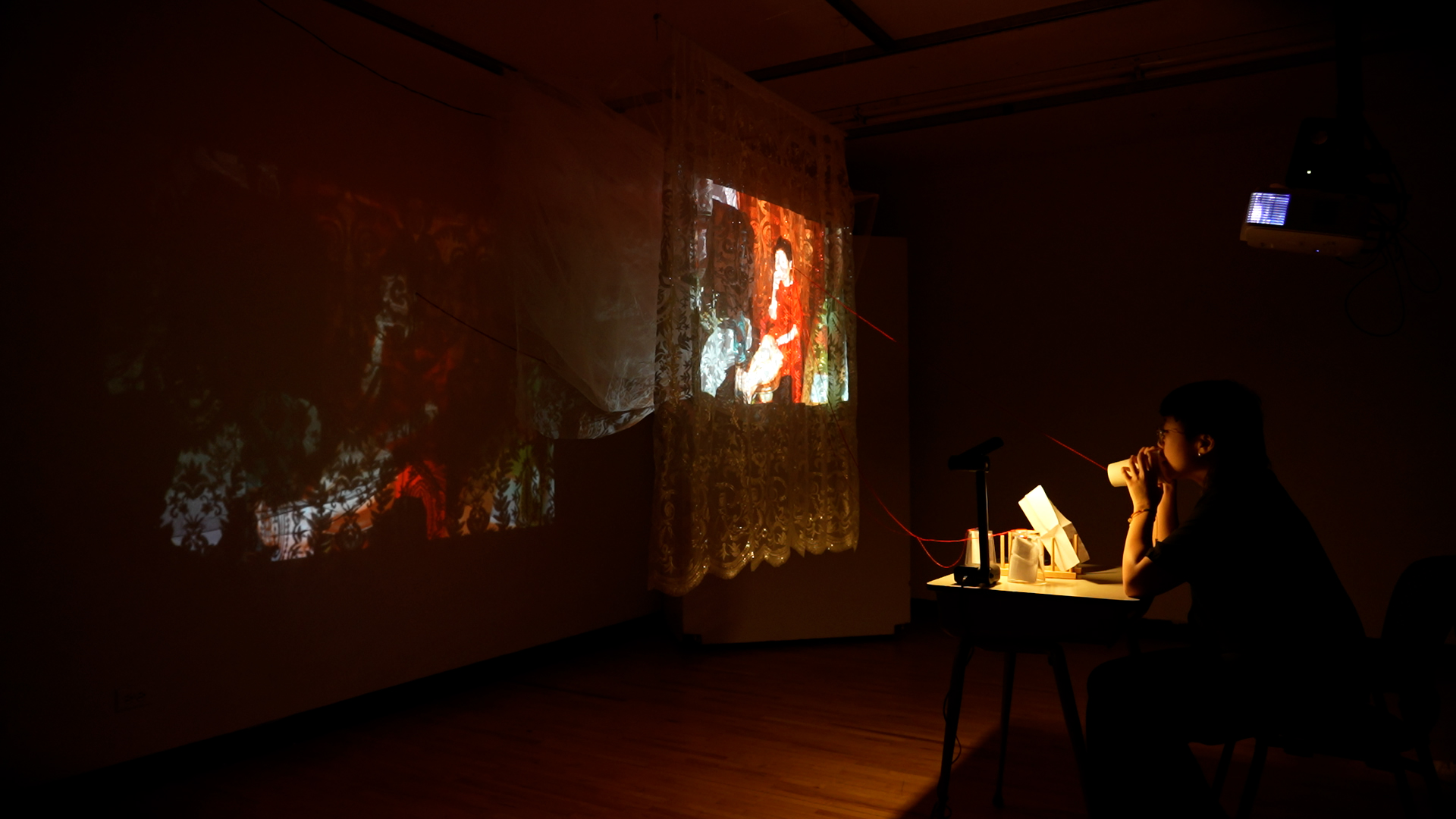
Awesome – so before we get into the rest of our questions, can you briefly introduce yourself to our readers.
I have always feared forgetting, therefore, I came across the concept of the malleability of memory. I realize my desire to preserve memories through my moving-image and also soundscape—be they traumatic, warm, or residing in the ambiguous gray areas that defy classification. I frequently dissect and reexamine these memories, processing how I exist as an individual in this world. My works merge elements in 2D media and also with fiber and paper materials, explore how to gather fragments from personal experiences, reassembling emotions and time through forms such as reorganization, repetition, or extension to create unique ways of reading memories. Using “Autoethnography” as a practice method to understand and embody the relationship between oneself and the external world, which formed as cinema screenings, installations, and live performances, emphasizing the playful and poetic nature of the moving-images process, pushing the boundaries of visual storytelling to create immersive and deeply impactful experiences.
I graduated from the Department of Animation at the Taipei National University of the Arts in Taiwan in 2021, and am currently a graduate student in Film, Video, New Media and Animation at the School of the Art Institute of Chicago, USA, continuing to explore the diverse possibilities of creation.
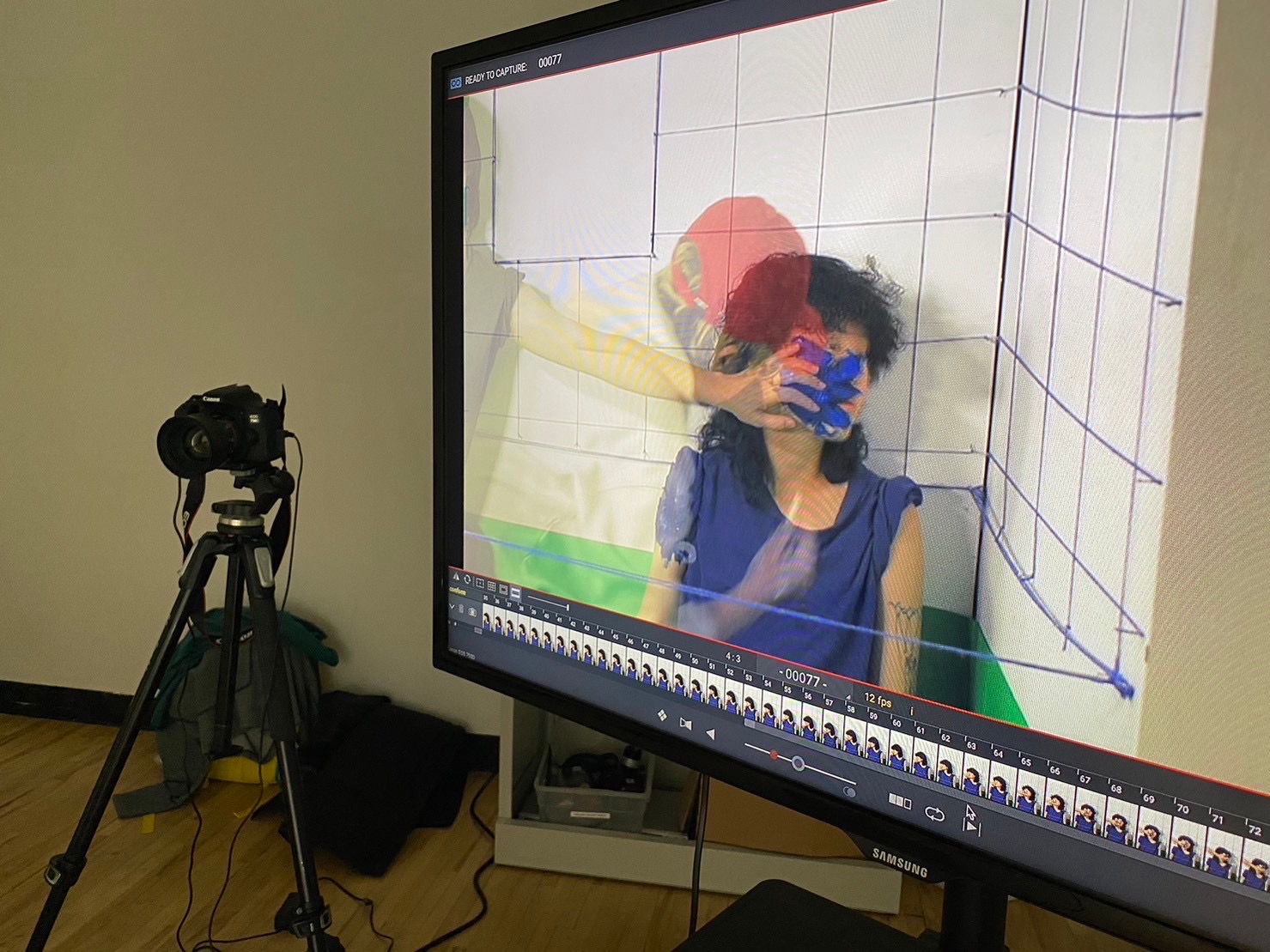

Have any books or other resources had a big impact on you?
I always renew myself in many different contexts by following A Sound Education: 100 Exercises in Listening and Soundmaking by Raymond Murray Schafer.
“The soundscapes of the world are incredibly variable, differing with the time of day and season, with place and with culture.”

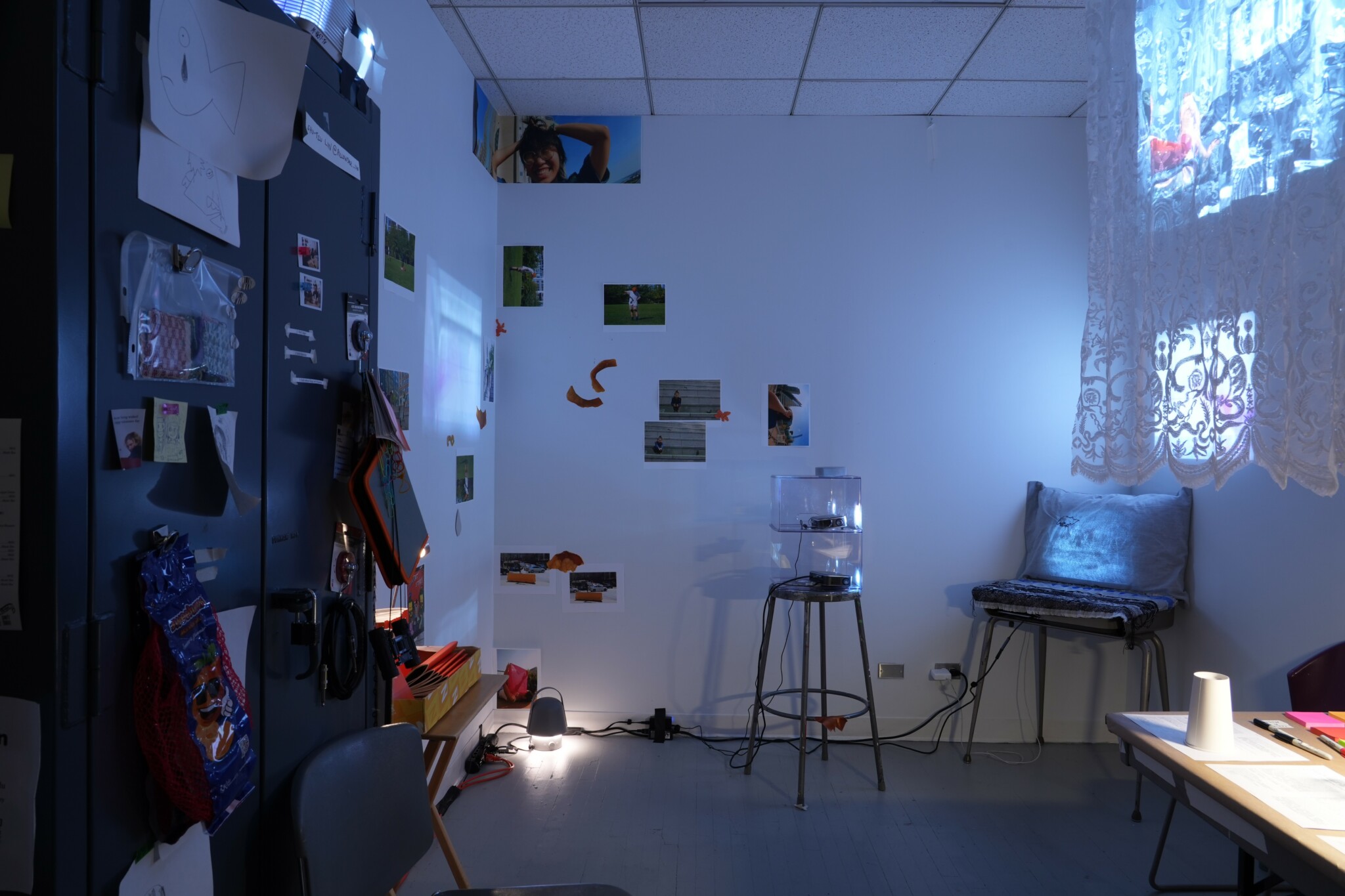
What do you find most rewarding about being a creative?
Being an artist means being able to keep practicing, keep puzzled, and keep moving. And in each process, an artist can have a better understanding of the identity, culture and history that they represent.
Contact Info:
- Website: https://vimeo.com/user85028583
- Instagram: @pillowsage_lin
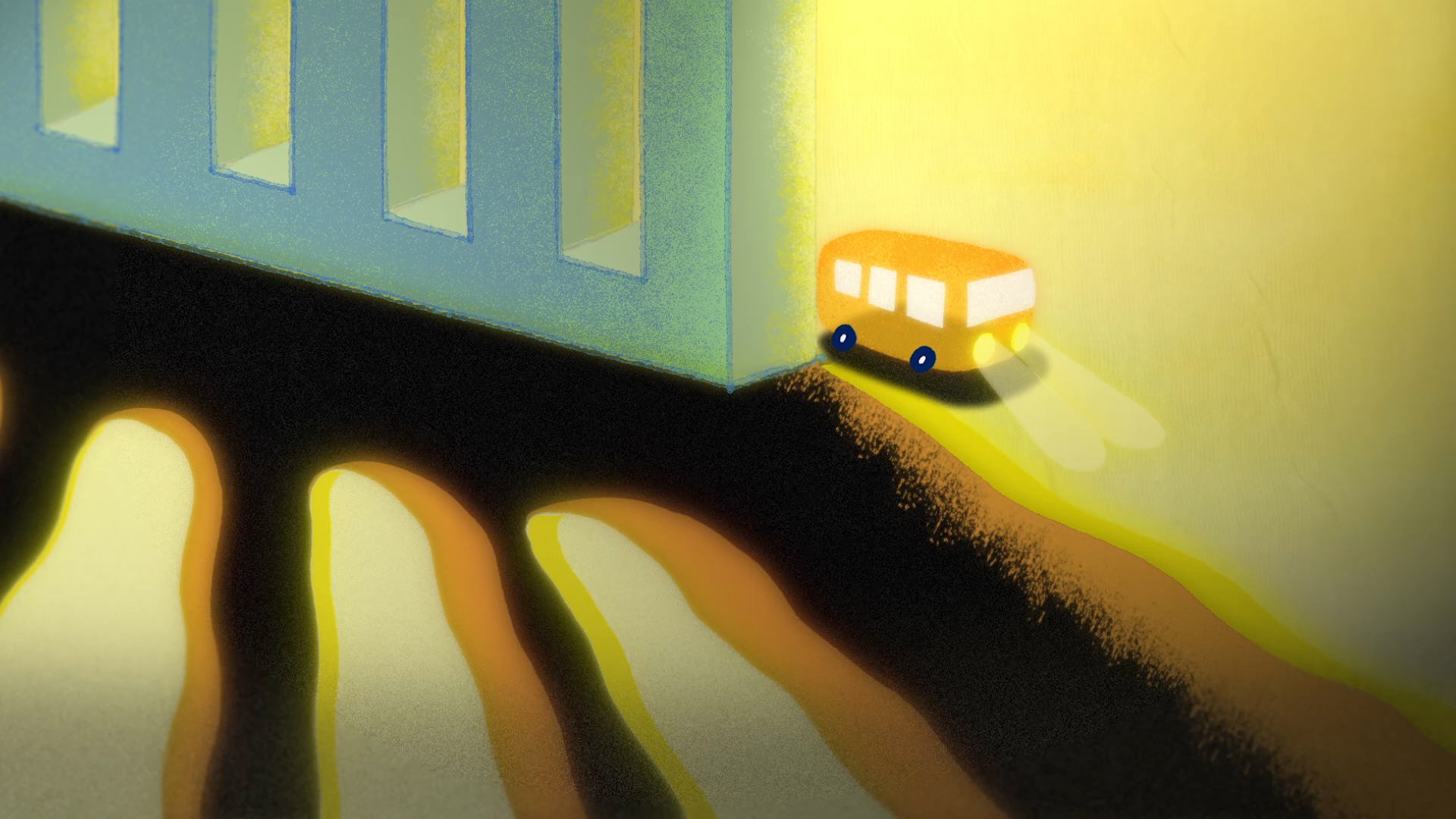
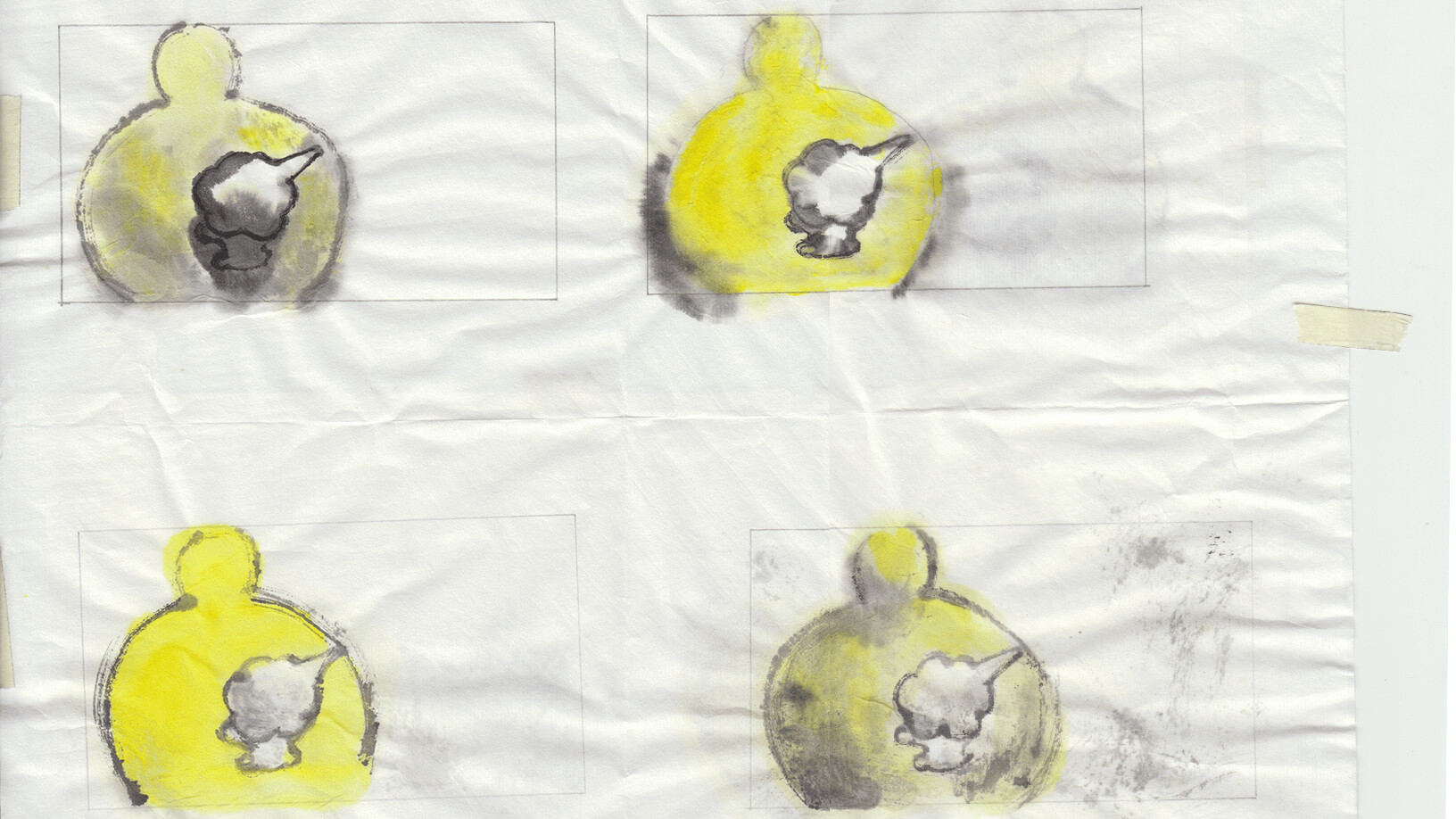
Image Credits
Eugene I-Peng Tang
Ping Ho
Yun Lee
Alejandra Ramos


